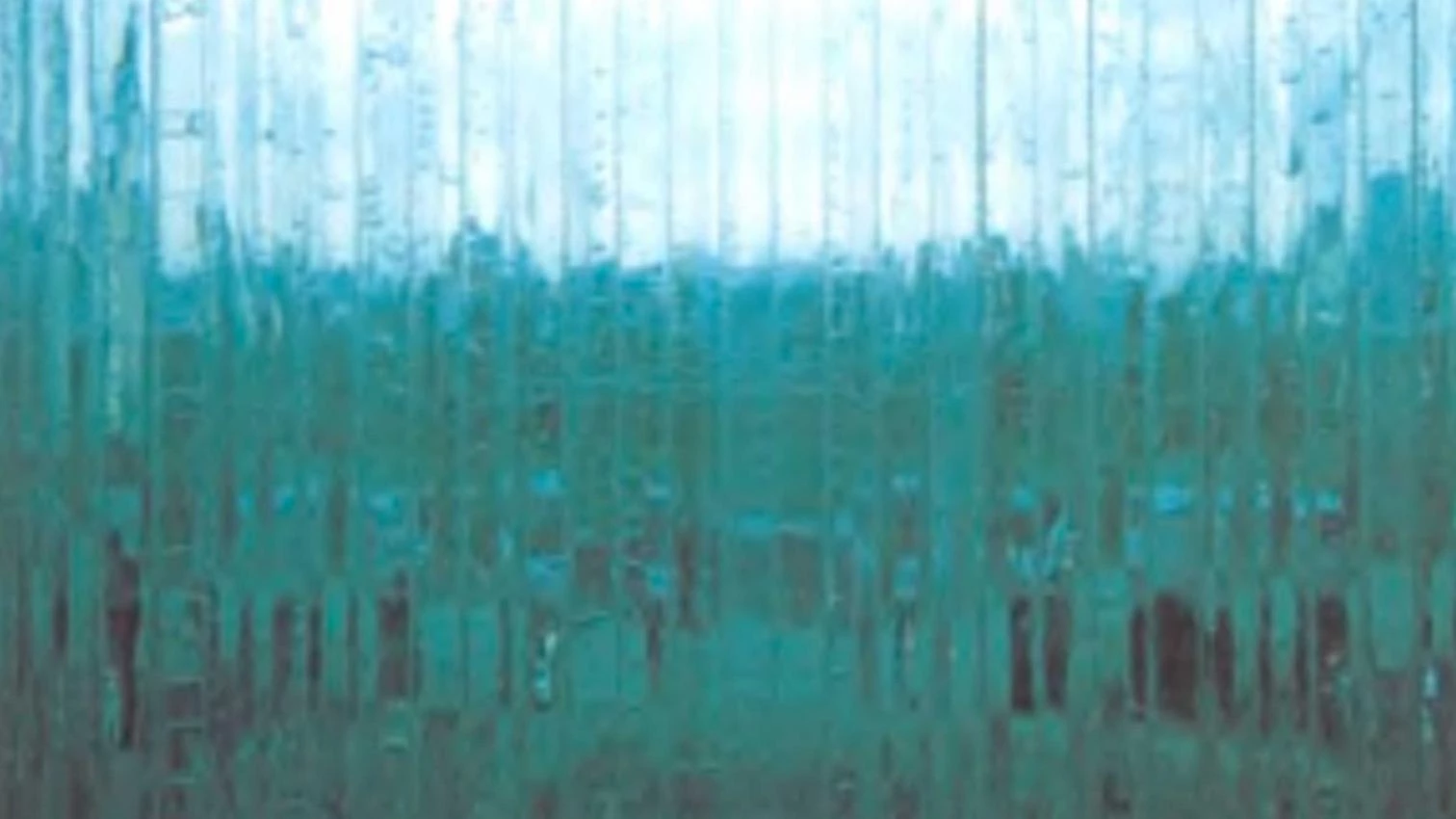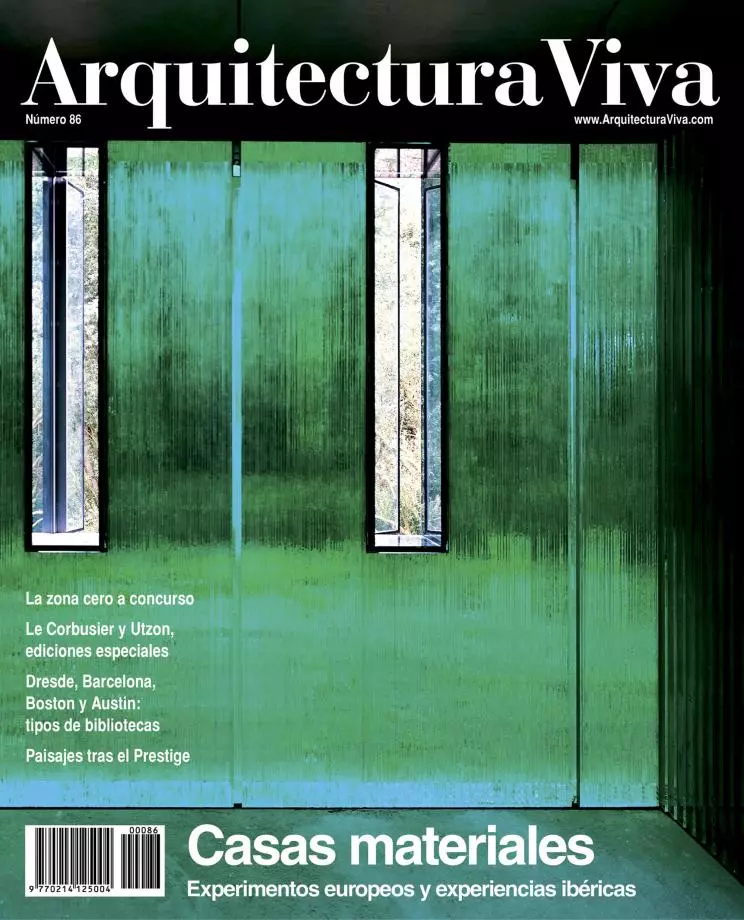
We touch buildings with our eyes. Worn out by the bulimia of images to which a hypertrophically visual culture subjects us, and unable to escape iconic obesity or addiction, we find unexpected relief in the representations that promise textures to our sense of touch, and in the descriptions that seem to convey the solemn gravitas of matter. If Quevedo listened to the decid through his eyes, we gauge with our gaze the roughness of walls, the temperature ofknobs or the weight of doors, digging with our eyes into the layered thickness of construction like the beggar rummages through garbage looking for the unexpected shine of the occult. This glecmi that lights up the retina is only of valué when it also tingles on the fingertips, offering a tactile redemption for those locked away in the bar-less jail of a civern of fugitive shadows.
When the house becomes the virtual hostage of a phantasmagoric world off leeting figures, we adhere to its physical substance with obsessive persistence, tamely hoping that its materiality shall rescue us from so many spirits transformed into spectres. But be it experiment or routine, the single residence is inseparable from its urban proliferation, and the best project becomes oppressive when submitted to a clonal reproduction that the industrial object takes in without objection. Trapped between the horns of sociology and narcissism, the house dithers between customized production and signature work, digging into its tactile matter to rehearse escape from the vicious circle of the image reflected in the mirror, symbol at once of the implosive introspection and the repeated multiplication that mark the familiar territory of domesticity.
After all, the debate on the house is that of contemporary individualism, a powerful force of historical change that has broken the restrictive links of traditional community structures, releasing colossal energies and initiative at the same time that it casts autonomous, elemental particles on an open field with neither fenees or paths. This ground of independence is an unploughed land, in which the freedom of the space without boundaries is paid for with the sacrifice of traces, habits and memory. Even though some houses may be as excellent as some individuals, the house itself demands a sprawling urbanism that destroys landscape just as anomy frays social fabric. And using the physical matter of architecture as a healing aid is then hardly more than a comforting fiction befare the wreck of a collective cativas that unravels and melts into air.





